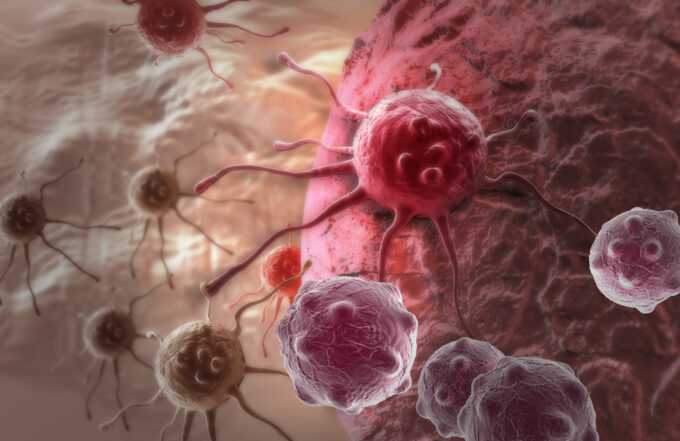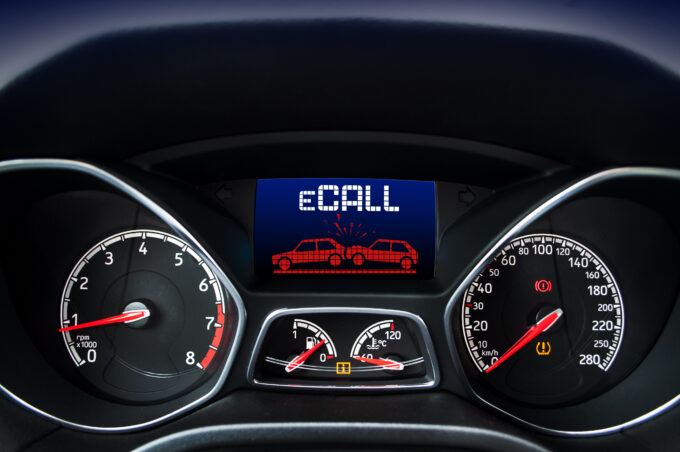2600 new suspected skin cancer reports
No less than 2600 suspected cases of white skin cancer as an occupational disease were reported by the German Employer's Liability Insurance Association for the Construction Industry (BG Bau). Since then, white skin cancer has been one of the most frequently reported occupational diseases in the construction industry and in the field of construction-related services.

Natural ultraviolet (UV) radiation can cause skin cancer. The BG Bau reported around 2,600 suspicious reports of melanoma as an occupational disease last year. It is said that 16 percent of all reports in Germany relate to this clinical picture. Employees who work a lot outdoors, for example in building construction, road construction and scaffolding, glass and facade cleaning and roofing, are particularly affected.
In the previous year, the BG Bau recorded a total of 2768 new suspicious activity reports for this clinical picture. Accordingly, the number of new suspected reports for the occupational disease white skin cancer has fallen slightly for the second year in a row.
STOP principle
The BG Bau writes that the most effective protection against UV radiation is to avoid working in the sun wherever possible. In practice, however, this is often not possible. Technical protective measures mean that employees can work in the shade at all times, for example.
However, since the dangers from UV rays cannot always be adequately reduced by technical and organizational measures, personal protective measures are still useful supplements.
Important protective measures
The technical UV protection measures include, for example, canopies, weather protection tents or sun sails, which ensure shady workplaces outdoors. Where technical measures cannot be implemented, additional organizational protective measures are required.
For example, work can be shifted to the early morning and morning hours or to the late afternoon hours after 4 p.m. when the UV exposure is lower. The rotation principle can also help to reduce UV exposure: employees alternate between activities with and without UV exposure or distribute the work among several employees.
If technical or organizational measures are not sufficient, personal UV protection measures must be taken for the employees. This includes in particular the protection of the head, neck, nose and ears as well as light, air-permeable, body-covering clothing. Areas of skin that cannot be covered, such as the face, nose or the backs of the hands, should be protected with UV protection cream with a sun protection factor of at least 30, preferably 50. This protection must be renewed after two hours at the latest. UV goggles are recommended to protect the eyes.
You can read more tips on this topic in our specialist article "UV radiation at work.
Source: BG Bau









